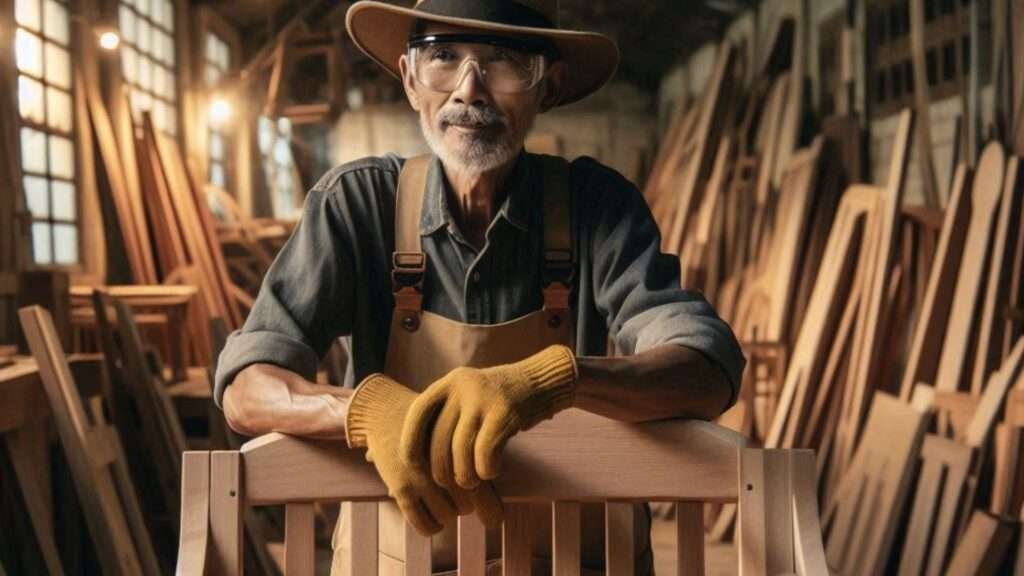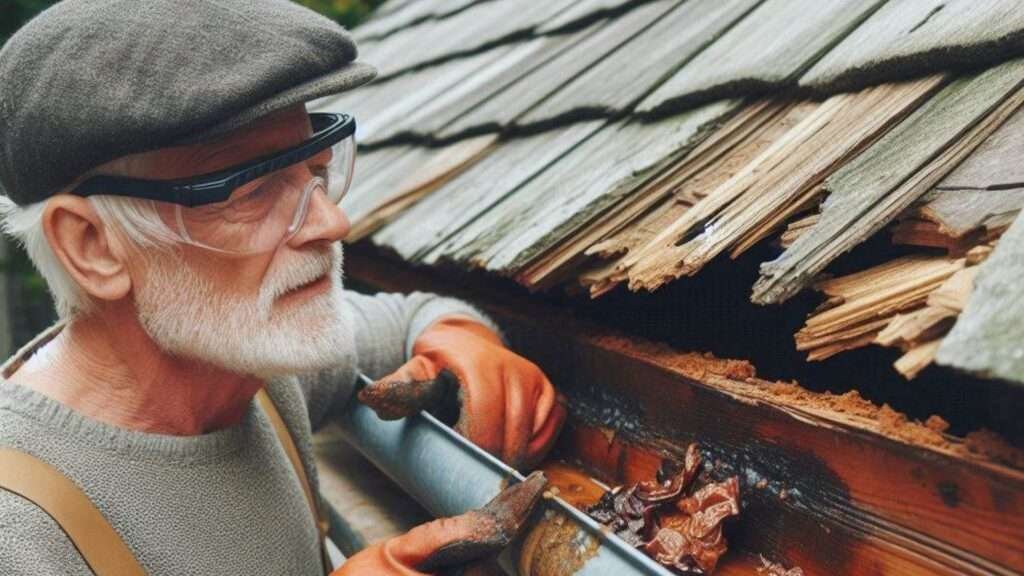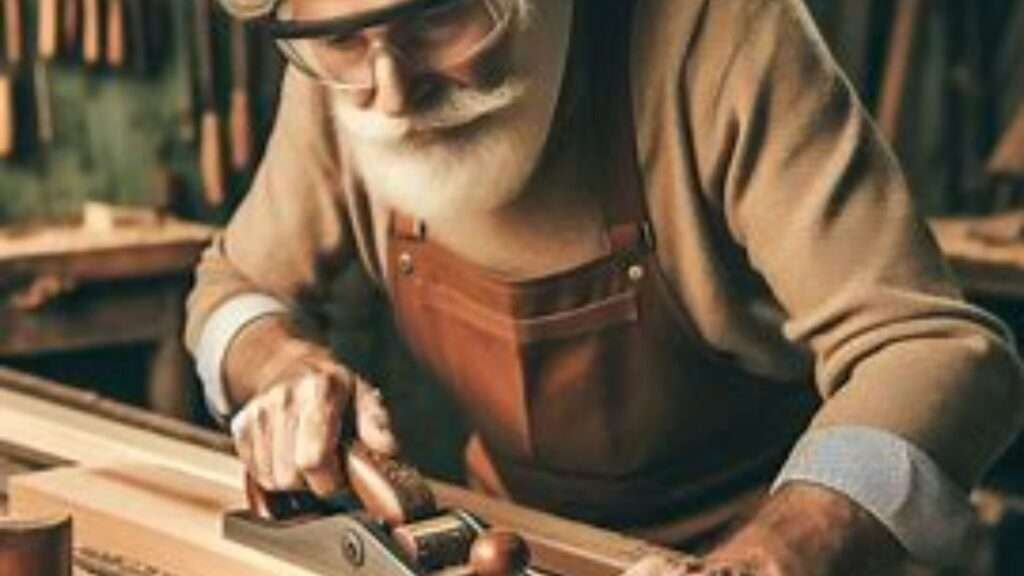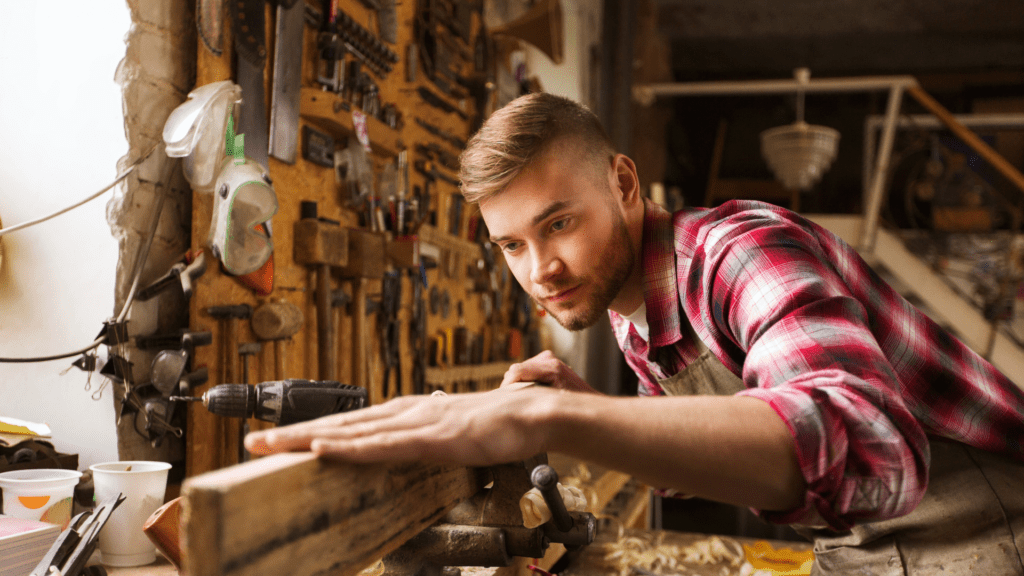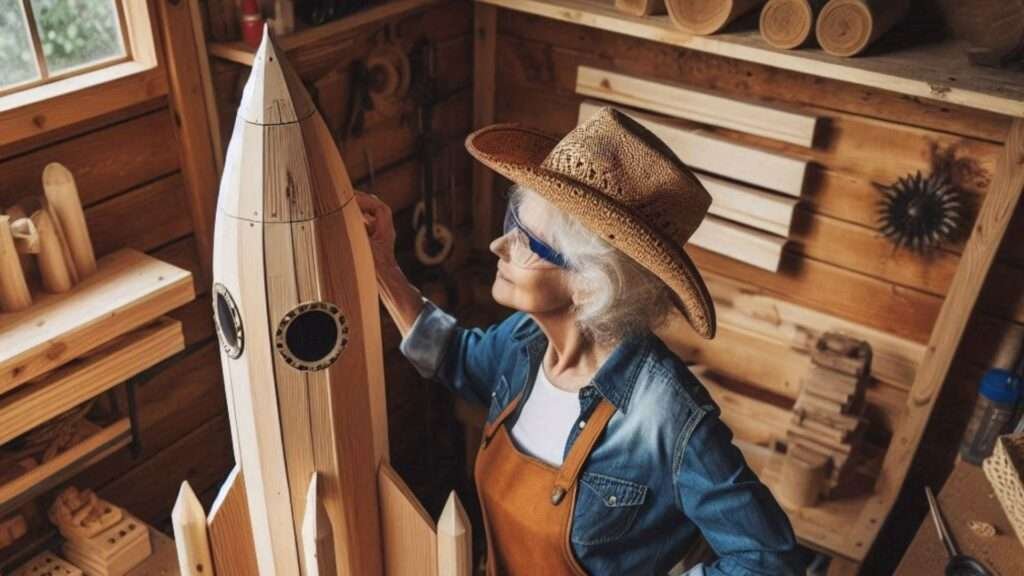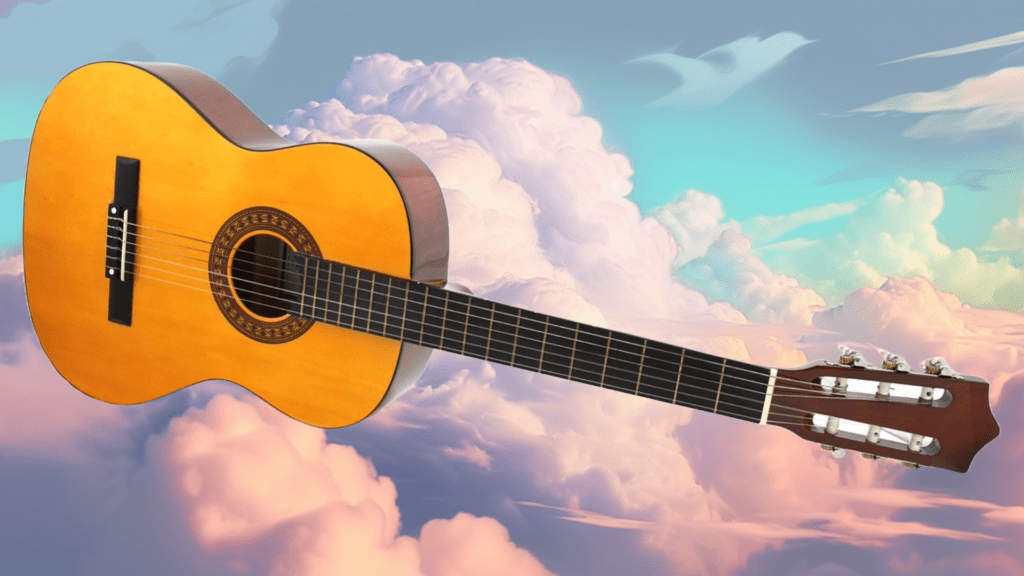
Make Your Own great Classical Guitar
Building your own wooden classical style guitar
can be a great fun and rewarding project for any music enthusiast who likes to
dabble with woodworking occasionally. Not only will you have the satisfaction
of creating something with your own hands, but you will also hopefully have a guitar
that you love and you’ve made according to your preferences and playing style. Not to mention, it’ll be something you can
brag about to friends and/or band members.
In this article, I will try my best to walk you
through the process of building your own guitar, from selecting the materials
to assembling the final product.
Materials and Tools you will
need.
Before you begin, gather all the necessary
materials and tools:
a.
Wood for the body, neck, and
fretboard (common choices include spruce, cedar, and mahogany)
b.
Guitar bracing
c.
Bridge and saddle
d.
Machine heads
e.
Nut and frets
f.
Glue
g.
Sandpaper
h.
Clamps
i.
Chisels
j.
Files
k.
Saws
l.
Drill
m. Ruler
Step Number 1: Design and Plan.
Start by designing your guitar. Consider the
shape, size, and style that you prefer. Classical guitars typically have a
smaller body and a wider neck compared to other guitar types. Sketch your
design on graph paper and make sure to include measurements and dimensions. You might also be able to download a free
open source plan for building your own guitar.
Let Us Begin.
Overview.
1.
Choose high-quality wood for your
guitar. Cut the body, neck, and fretboard according to your design. Ensure that
the wood is properly seasoned and free from defects. Use sandpaper to smooth
the surfaces and remove any rough edges.
2.
Assemble the body of the guitar
by gluing the sides to the back and then attaching the top. Use clamps to hold
the pieces together firmly while the glue dries. Once the body is dry, shape it
to the desired contours using chisels and files.
You will need to create a blank for the body and
the most popular varieties of wood used to make a blank for the body of a
guitar are Mahogany, Ash, Maple, Basswood, Alder, Poplar, Walnut, and
Spruce. Making a guitars from Agathis is
an option and there’s plenty of guitars in this world that are made from
Agathis; however I’ve read a few unfavourable articles about how the noise is
dulled from using this type of wood.
Constructing the Body.
Overview: Assemble the body of the guitar by
gluing the sides to the back and then attaching the top. Use clamps to hold the
pieces together firmly while the glue dries. Once the body is dry, shape it to the
desired contours using chisels and files.
The Process.
Once you’ve settled on the shape of the guitar and
have a comprehensive drawing of the guitar you want to create, cut out a
template for the body from 3/4″ (20mm) MDF. Make two copies of your drawing:
one for later cutting up and one as the master; study all features of your
drawing several times; it will be worth it in the end. To get a drawing that
big replicated, you’ll need to go to a professional copying business (they’ll
presumably use a ‘Plotter’ style printer), or you might know someone who has
one.
By tracing the contour of your body from your ‘cut
up’ copy of your design onto your MDF board with your pencil, you can now
acquire the outline of your body. The centre line is crucial; once you’ve drawn
it with a pencil on your MDF board, go over it with a thin-tipped permanent
marker. Before you trace the drawing, make sure it’s centred along the centre
line you’ve just made with your ruler. You can now roughly cut out the shape
with whatever tool you want, trying to stay as close to the black line as
possible without going into it. Stay a couple of mm away from the line because
you can always remove material you didn’t cut away later, but you can’t add
back material you took away inside the line.
You now have a rough shape for your body that
needs some work, so we’ll use sanders to refine it. If you have an Oscillating
Spindle Sander (OSS), use it to make a continuous, perfectly flowing curve on
all of the template’s concave regions. If you don’t have an OSS, make do with
what you have or can afford. Instead of sitting and sanding the board in one
spot, move the template along the curve as you sand it. Only if you have a
significant lump that needs to be brought down to level with the curve should
you sand a region without moving. This repeated sanding process will assist in
perfecting the curve and making it smooth and consistent.
It’s now time to work on the convex areas of the
template now that you’ve completed and approved the concave regions. We’ll use
the palm sander for this and the reason for this is that it has a flat bottom
surface, which means it will sand off all high points but won’t sand lower and
lower spots because it’s flat and the surface is convex, resulting in some
wonderful uniformity. Sand the convex portions using the same method of testing
your progress with light profiles until they, too, flow flawlessly and you are
satisfied.
Create your template for the headstock shape using
the same procedures as before, then continue on to the final template you’ll
need to make, which is the template for your neck and fretboard. You can use
the same template for the fretboard as you did for the neck. Simply measure the width of the neck at the
nut and at any point further down the neck, say the 12th or 24th fret for
convenience, and then tape a perfectly straight piece of wood along one edge of
the taper you’ve drawn out between the nut and the point you chose further down
the neck with strong double sided tape.
Use a template bearing guided router bit to route
down this straight piece, then repeat for the other side of the fretboard
taper, and you’ll have a wonderful neck and fretboard taper. Now is the time to
cut out the excess wood where the nut will go, as well as the end of your neck
tenon. If you want to use a router to route your neck pocket, round off the
ends of the template so that the tenon end is at the same radius as the router
bit. This will provide a beautiful tight fit.
This template can be used to route the entire neck
or just the fretboard by placing the fretboard wood at the nut and then centre
it. There are many various ways to create a guitar neck and fretboard;
practically all electric guitar fret boards have some form of radius, and
different people prefer different radiuses.
Making a guitar can potentially necessitate
spending a lot of money on specialist tools, which may be necessary if you want
perfection and time is a concern, but if you’re attentive and meticulous, you
can make an outstanding guitar on a very small budget. Remember, people made
guitars a long time ago, long before any of the sophisticated equipment we have
today were ever considered; in fact, the first guitars are said to have been
invented in Spain in the 15th century.
The final shaping of the neck and headstock is
also a matter of personal preference; the majority of the shaping may be done
using an angle grinder and a carving wheel, then everything can be perfected
with hand sanding. The fretboard is a delicate task that demands extreme
precision and accuracy. Fill up the little holes drilled on the edge of the
fretboard for the side dots that identify individual frets with epoxy.
If you want to take a break from the fretboard,
finish shaping the body of the guitar by carving a contour on the back and
cutting a bevel on the front, both of which will make playing the guitar much
more comfortable.
Installing the Neck.
Attach the neck to the body using glue and clamps.
Make sure the neck is aligned properly and securely fastened. Use a ruler and
level to ensure it is straight. Allow the glue to dry completely before moving
on to the next step.
Installing the Fretboard and
Frets.
Glue the fretboard onto the neck and secure it
with clamps. Once dry, mark the positions for the frets using a fret spacing
calculator. Cut slots for the frets and install them using a fret press or
hammer. Trim any excess fret wire and file the edges smooth.
Installing the Bridge and Saddle.
Attach the bridge to the body at the designated
location. Install the saddle into the bridge slot and adjust its height for
proper string action. This will affect the playability and sound of the guitar,
so take your time to get it right.
Installing the Machine Heads and
Nut.
Drill holes for the machine heads on the
headstock. Insert the machine heads and tighten them securely. Install the nut
at the top of the fretboard, ensuring the strings sit properly in the slots.
Do the finishing touches.
Sand the entire guitar to smooth out any
imperfections. Apply a finish of your choice to protect the wood and enhance
its appearance. Allow the finish to dry completely before installing the
strings.
Stringing and Set-up.
Attach the strings to the machine heads and tune
them to the desired pitch. Adjust the truss rod, bridge height, and saddle
position to achieve proper string action and intonation. This may require some
trial and error, so be patient and make small adjustments.
Please Note:
There is a number of steps that I will endeavour
to expand on sometime soon and apologise that I couldn’t provide the complete
process via this article.
However, you could always have a look on
YouTube. You’re more than likely going
to find a video that will walk you through the gaps that I have left in the
process.
In any event, building your own wooden classical
style guitar will no doubt prove to be a labour of love. Sure, this work is going to require a lot of
patience, reasonable skill, and attention to detail but if you pace yourself
and be prepared you might make the odd mistake and not be afraid about re-doing
things a few times, you’ll get there.
Naturally, it’s just so important that you use the
right materials and tools. If it all
goes well, you can create a beautiful and functional instrument that will bring
joy for years to come. Enjoy the process and the satisfaction of playing music
on an instrument you built with your own hands.


